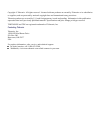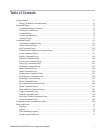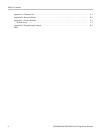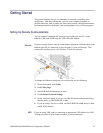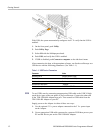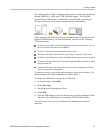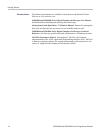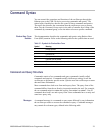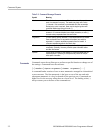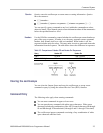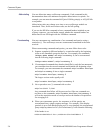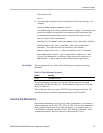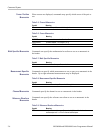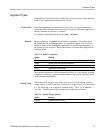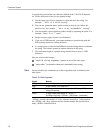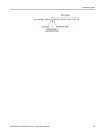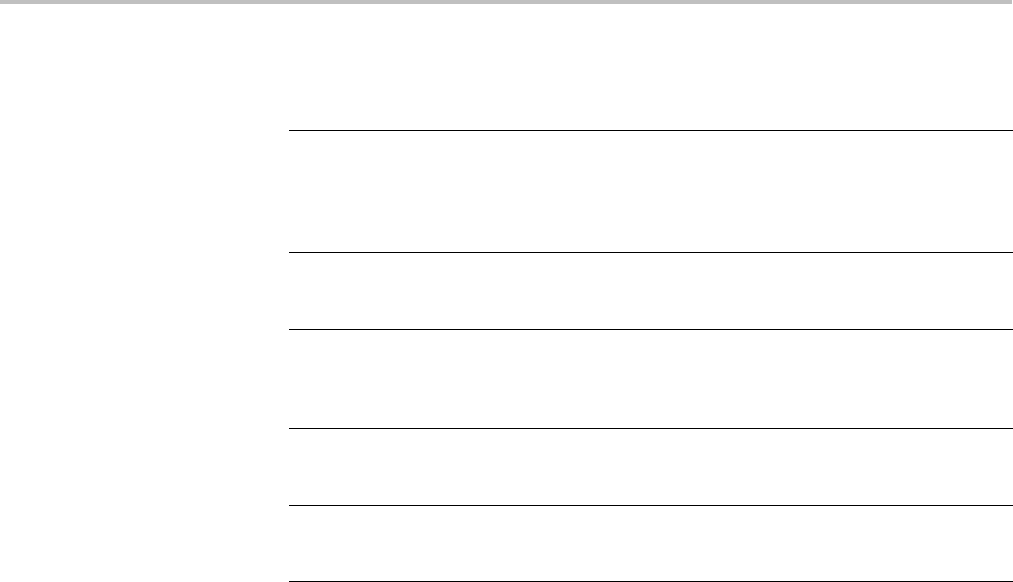
Command Syntax
Table 2-2: Comm
and Message Elements
Symbol Meaning
<Header>
This is the basic command name. If the header ends with a question
mark, the command is a query. The header may begin with a colon
(:) characte
r. If the command is concatenated with other commands,
the beginning colon is required. Never use the beginning colon with
command headers beginning with a star (*).
<Mnemonic>
This is a header subfunction. Some command headers have only one
mnemonic. I
f a command header has multiple mnemonics, a colon ( :)
character always separates them from each other.
<Argument
>
This is a qu
antity, quality, restriction, or limit associated with the header.
Some commands have no arguments w hile others have multiple
arguments. A <space> separates arguments from the header. A
<comma> se
parates arguments from each other.
<Comma> A single c
omma is used between arguments of multiple-argument
commands. Optionally, there may be white space characters before
and after the comma.
<Space>
A white space character is used between a command header and the
related argument. Optionally, a white space may consist of multiple
white sp
ace characters.
Commands
Comman
ds cause the oscilloscope to perform a specific function or c hange one of
the settings. Commands have the structure:
[:]<H
eader>[<Space><Argument>[<C omma> <Argument>]...]
A command header consists of one or m ore mnemonics arranged in a hierarchical
or tr
ee structure. The first mnemonic is the base or root of the tree and each
subsequent mnemonic is a level or branch off the previous one. Commands at a
higher level in the tree may a ffect those at a lower level. The leading colon (:)
always returns you to the base of the command tree.
2-2 MSO4000 and DPO4000 Series Programmer Manual



